Testing of our recycled graphite by a European battery anode manufacturer has shown a good match to primary graphite in areas of purity and physio-chemical characteristics.
The new results show promising potential for further optimizing the recovery of graphite and combining synthetic and natural graphite in new anodes, lowering costs and providing a domestic and sustainable source of low carbon material.
Graphite is the largest single ingredient in lithium-ion batteries. Black mass (battery anode and cathode scrap) typically contains around 40% graphite and our proprietary recycling process recovers over 99% of the graphite.
The adoption of EVs could increase graphite consumption in anodes from 0.5 million tonnes in 2022 to over 2.5 million tons in 2032 and our planned Teesside battery recycling plant could recover equivalent to 20 gigawatt-hours (GWh) of graphite a year giving UK industrial resilience.
Reclaiming of cathode metal from li-ion scrap has been well established, but recycling of graphite anodes has been overlooked. The last 6 months and under a UK Government Innovation award, we have been upcycling graphite under a full battery circularity model, where all components can be considered for recycling and reuse in new EV batteries.
Altilium is a UK Clean Tech group developing green sustainable processes to recycle existing waste stream, such as lithium scrap and mine waste to decarbonise the automotive industry and supply large volumes of domestic anode and cathode materials.

Get in touch
Building the recycling infrastructure needed for net-zero requires a collaborative approach.

